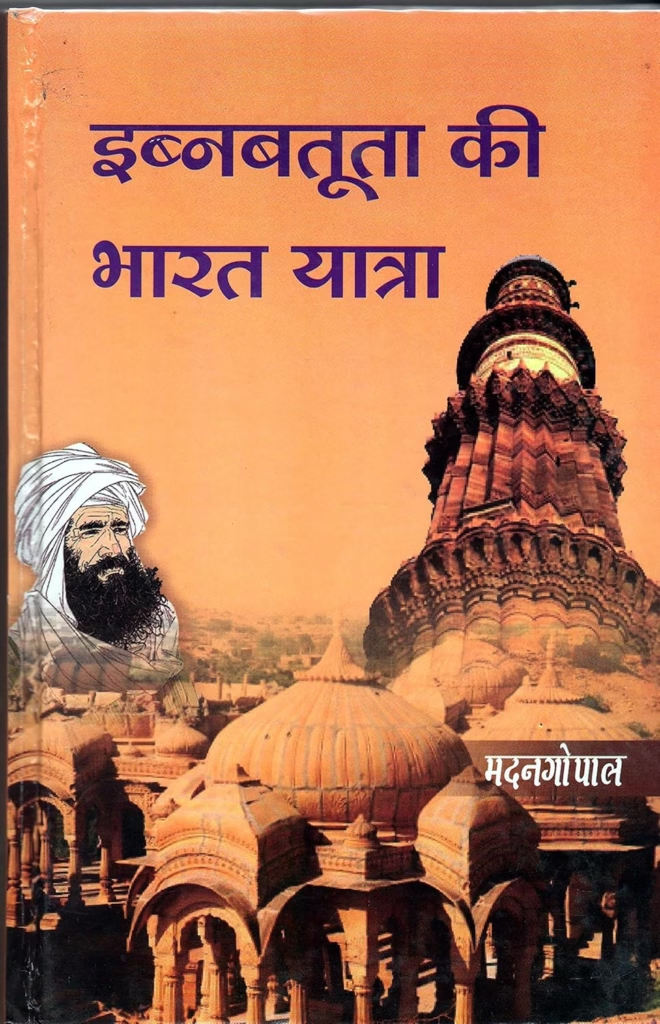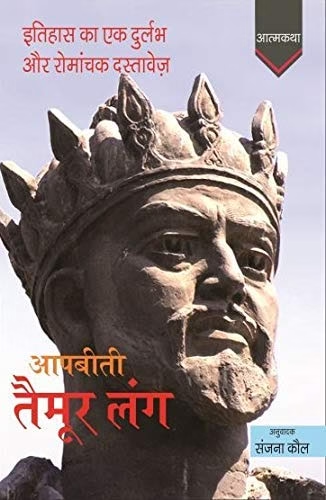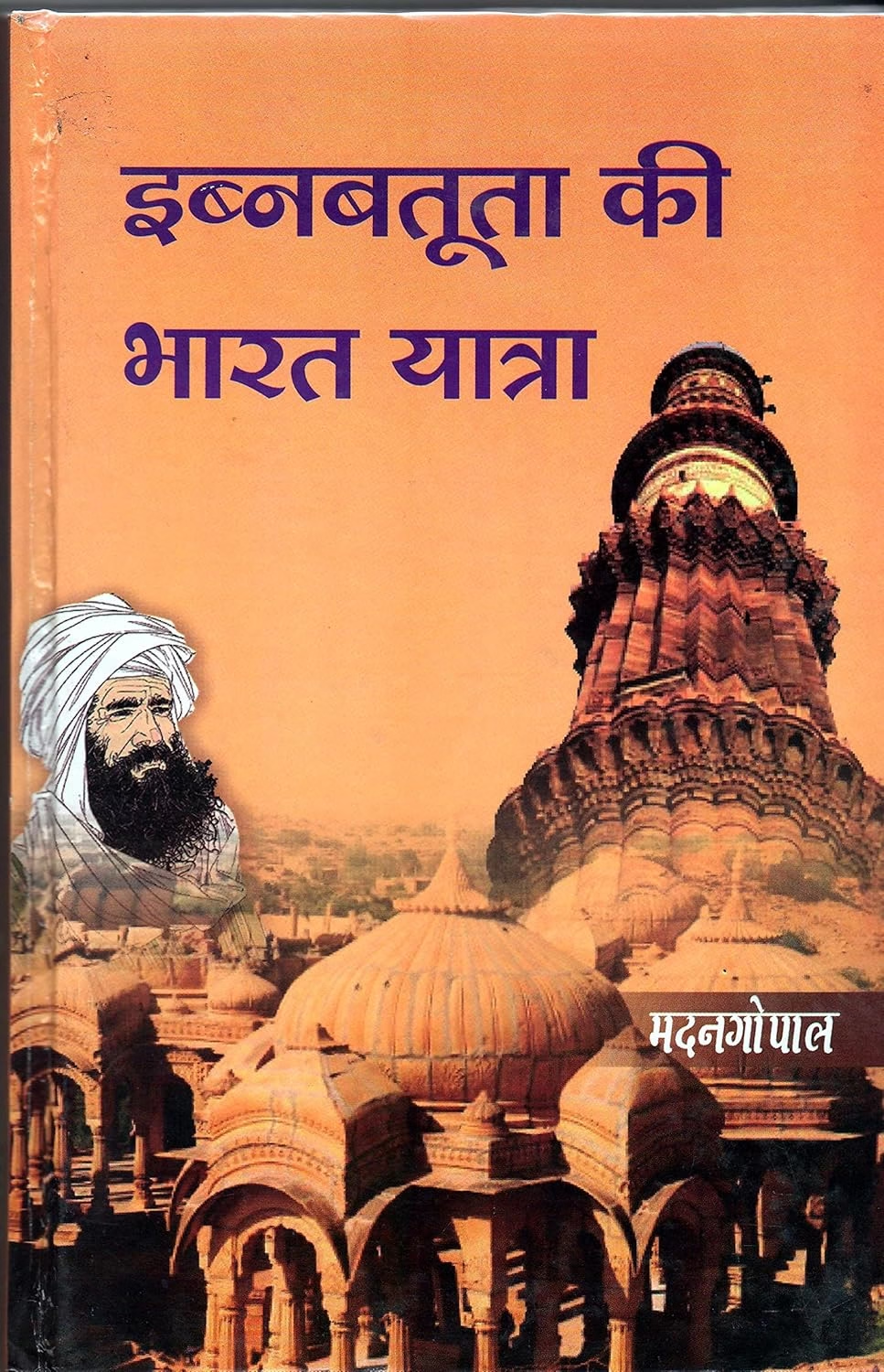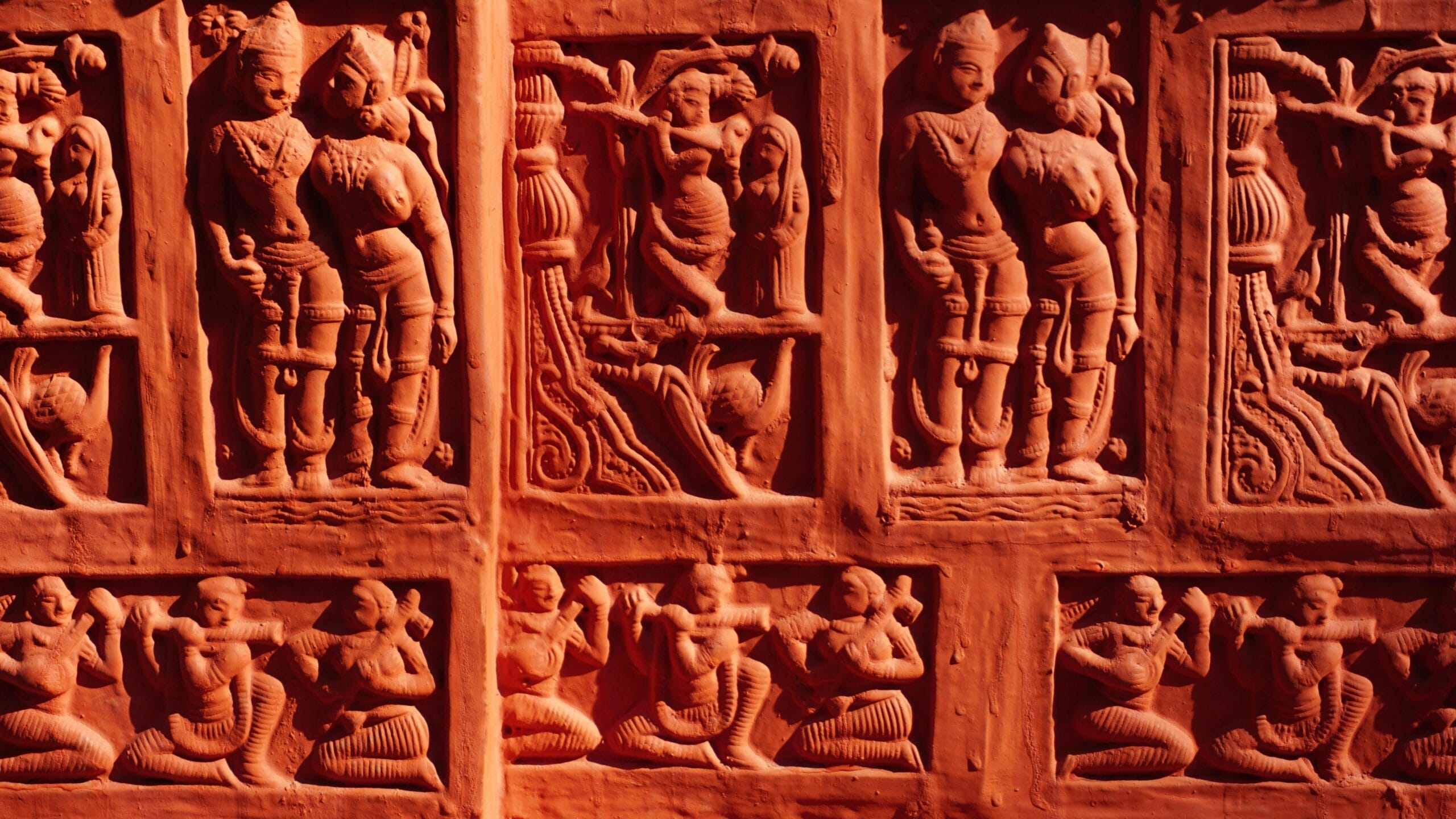Hindu Sati Pratha: Historical Analysis & Facts
Discussions about Indian history often evoke images of culture and tradition; however, it’s crucial to address the darker aspects of history, such as the practice of Sati Pratha. Sati Pratha: A tradition or a tragedy? This article aims to dissect the historical context, expose the motivations, and reveal the societal impact of this controversial practice. By examining historical accounts and religious scriptures, we can understand the realities of Sati Pratha and its implications. Just as a single rotten apple can spoil the barrel, the practice of Sati Pratha revealed deeper societal flaws in the treatment of women. This article sheds light on Sati Pratha, its historical context, and its societal impact.
Table of Contents
- Introduction
- The Historical Context of Hindu
- Religious Justifications and Scriptural Basis
- Travelers’ Accounts: Eyewitness Testimonies
- The Role of Caste and Social Hierarchy
- Muslim Rulers’ Attempts to Curb Sati
- The Practice and Its Horrors
- Resistance and Escape
- Legacy and Contemporary Relevance
- Conclusion
Introduction
Sati Pratha involved women immolating themselves on their husband’s funeral pyre. By examining historical accounts and religious scriptures, we can understand the realities of Sati Pratha and its implications.
The Historical Context of Hindu
The term ‘Hindu’ itself has a complex history. Foreign invaders initially used the term to describe the people living beyond the Indus River.. Over time, it evolved into a religious and cultural identity. Understanding this evolution is crucial to comprehending the various practices and beliefs associated with Hinduism. Understanding the historical context of the term ‘Hindu’ and its evolving religious identity provides a foundation for examining the religious justifications used to support practices like Sati Pratha.
Ancient Interpretations
In ancient India, the concept of Dharma played a significant role in shaping societal norms. Dharma, a key concept in Hinduism, refers to one’s duty, righteousness, and moral order. However, interpretations of Dharma varied across different communities and time periods.
Aryan Influence
The arrival of the Aryans in India brought about significant changes in the social and religious landscape. The Vedic texts, which form the basis of Hinduism, were composed during this period. These texts contain hymns, rituals, and philosophical insights that have influenced Hindu traditions for centuries.
Religious Justifications and Scriptural Basis of the Hindu Sati Pratha
Sati Pratha was often justified using religious scriptures and interpretations. Proponents of the practice claimed that it was a virtuous act that ensured the woman’s salvation and brought honor to her family. However, a closer examination of these justifications reveals their problematic nature.
The Role of Scriptures
People cited certain verses in Hindu scriptures to support Sati Pratha. People often interpreted these verses to emphasize wifely devotion and self-sacrifice. However, many scholars argue that these interpretations were not in line with the original intent of the scriptures.
The Sati Pratha in Parashar Smriti
The Parashar Smriti, a Hindu text, contains passages that seem to promote the practice of Sati. According to this text, a woman who immolates herself on her husband’s pyre attains immense spiritual merit and resides in heaven for millions of years. Such passages were used to indoctrinate women from a young age, conditioning them to believe that Sati was the ultimate act of devotion.

Travelers’ Accounts: Eyewitness Testimonies of Sati Pratha
One of the most compelling sources of information about Sati Pratha comes from the accounts of foreign travelers who visited India. These eyewitness testimonies provide a firsthand look at the practice and its impact on society. These travelers often expressed shock and disbelief at what they witnessed.
Ibn Battuta on Sati Pratha
Ibn Battuta, a Moroccan traveler who visited India in the 14th century, documented his observations of Sati Pratha. He described the elaborate preparations, the participation of the community, and the eventual immolation of the woman. His account highlights the social pressure and ritualistic elements involved in the practice.






As Ibn Battuta noted, “The woman was heavily adorned and accompanied by music and chanting.”
Taimur Lang on Sati Pratha
Taimur Lang was a Turco-Mongol conqueror who invaded India in the late 14th century. He witnessed Sati Pratha during his campaign and recorded his impressions in his memoirs. Taimur’s account emphasizes the brutality and coercion involved in the practice, as women were often bound and forced onto the pyre.




Bernier on Sati Pratha
François Bernier, a French physician and traveler who visited India in the 17th century, provided a detailed account of Sati Pratha in his book, Travels in the Mughal Empire. He described the various methods used to persuade women to undergo Sati, including emotional manipulation and social pressure. Bernier also noted the attempts by Muslim rulers to curb the practice. Book Reference will be provided below for this book.






The Role of Caste and Social Hierarchy
Caste and social hierarchy played a significant role in the practice of Sati Pratha. It was more prevalent among the upper castes, who saw it as a way to maintain their social status and honor. Lower castes, on the other hand, often resisted the practice and provided refuge to women who escaped immolation.
Upper Caste Privilege
Upper-caste families often exerted immense pressure on widows to perform Sati. It was seen as a way to uphold family honor and prevent the widow from remarrying or engaging in activities that could tarnish the family’s reputation. The practice reinforced patriarchal norms and maintained the social hierarchy.
Lower Caste Resistance
Members of lower castes often risked their lives to rescue women who were being forced to undergo Sati. They provided shelter, food, and protection to these women, defying the social norms and challenging the authority of the upper castes. This resistance highlights the inherent injustice of the practice and the courage of those who opposed it.


Muslim Rulers’ Attempts to Curb Sati Pratha
During the Mughal era, several Muslim rulers attempted to curb the practice of Sati Pratha. They recognized its inhumanity and sought to protect women from being forced into immolation. However, their efforts were often met with resistance from orthodox elements within society.
Permission and Intervention
Muslim rulers implemented regulations that required families to obtain permission before performing Sati. This allowed officials to intervene and persuade women to reconsider their decision. In some cases, Muslim women were sent to counsel Hindu widows, offering them alternative paths and support.


Social Dynamics
Despite their efforts, Muslim rulers faced significant challenges in eradicating Sati Pratha. They feared that imposing a complete ban would lead to social unrest and rebellion. As a result, they often adopted a gradual approach, focusing on persuasion and intervention rather than outright prohibition.
The Practice and the Horrors sati pratha
The actual practice of Sati Pratha was often brutal and horrifying. Women were subjected to immense physical and emotional pressure to conform to societal expectations. Those who showed reluctance were often drugged or forcibly thrown onto the pyre.
Coercion and Violence
Many accounts describe instances of coercion and violence used to ensure that women underwent Sati. They were often bound, gagged, or surrounded by men with sticks to prevent them from escaping the flames. The use of force highlights the lack of agency and the violation of human rights inherent in the practice.









Emotional Manipulation for Sati Pratha
Emotional manipulation played a key role in convincing women to undergo Sati. They were told that it was their duty to their husbands, their families, and their religion. They were promised eternal bliss in the afterlife and threatened with social ostracization if they refused. This psychological pressure often proved overwhelming.
Resistance and Escape
Despite the immense pressure and dangers, some women managed to resist and escape Sati Pratha. These acts of defiance highlight the resilience and courage of individuals who challenged the oppressive norms of their society. Their stories serve as a reminder that resistance is always possible, even in the face of seemingly insurmountable odds.

Lower Caste Support
As mentioned earlier, members of lower castes often provided refuge to women who escaped Sati Pratha. They offered them a safe haven and a chance to rebuild their lives. This support network played a crucial role in enabling women to resist the practice and reclaim their autonomy.

Social Ostracization
Women who refused to undergo Sati often faced social ostracization and condemnation. They were branded as unfaithful, immoral, and a disgrace to their families. This social pressure made it difficult for them to reintegrate into society and led many to seek refuge among lower-caste communities.
Legacy and Contemporary Relevance
Although Sati Pratha has been outlawed in India, its legacy continues to influence societal attitudes towards women. Understanding the historical context of the practice is crucial for addressing contemporary issues such as gender inequality and violence against women. The lessons learned from the struggle against Sati Pratha can inform efforts to promote women’s rights and empowerment. However, the fight for equality continues.
Modern Interpretations
Modern interpretations of Hinduism emphasize the importance of gender equality and condemn practices like Sati Pratha. Many Hindu scholars and activists argue that these practices are a distortion of religious teachings and a violation of human dignity. They promote a more inclusive and progressive understanding of Hinduism.
You can also read about the latest Sati Pratha Case in independent India at News – India’s Last Sati Case: Justice Delivered After 37 Years: All Accused Acquitted.
Women’s Rights
The struggle against Sati Pratha has contributed to the advancement of women’s rights in India. It has raised awareness about the need to protect women from violence and discrimination. The legal and social reforms that followed the abolition of Sati Pratha have paved the way for greater gender equality.
Conclusion
Sati Pratha is a dark chapter in India’s history, marked by inhumanity and oppression. By understanding its historical context, religious justifications, and societal impact, we can learn from the past and work towards a more just and equitable future. It is crucial to remember the victims of Sati Pratha and to honor the courage of those who resisted it. Let us strive to create a society where women are empowered, respected, and free from violence and discrimination.
Share this article to raise awareness about the historical realities of Sati Pratha and its continued relevance in discussions about gender equality and human rights. Support organizations like the All India Women’s Conference and the National Commission for Women, which are working to empower women and combat violence against women.
Read more about Casteism in Srimad Bhagavat Purana.
Read about the true history of Ayodhya based on archeological evidence.
Disclaimer:
This article discusses sensitive topics related to historical practices and social issues. The following terms are used in specific contexts to explain these issues:
- Brahmin/Brahminical: Refers to the Brahmin caste and Brahminical ideology, which often involves adhering to traditional Hindu scriptures and social hierarchies.
- Hindu/Hinduism: Used in a historical and cultural context to refer to the religious and social practices prevalent in the regions discussed. The term is not intended to represent all contemporary forms of Hinduism.
- Muslim: Refers to Muslim rulers and communities during the historical periods discussed. The article aims to highlight specific interactions and policies during that time, not to generalize about all Muslims or Islamic beliefs.
- Bahujan Samaj: Refers to the lower caste communities who often resisted oppressive practices and provided support to marginalized groups.
- Sati Pratha: The historical practice of women immolating themselves on their husband’s funeral pyre. This term is used to discuss specific historical events and social contexts, not to endorse or promote the practice.
The article aims to provide a balanced and accurate portrayal of historical events. Any interpretations are based on cited sources and are intended for educational purposes.
If you want to read the books and confirm for yourself, please order the books below. Following books have been used in the article.

Read about the travels of Ibn Batuta through India.

Timur Lang invaded India in 1398, plundering vast wealth. Rising from humble origins to a warrior, Timur waged numerous wars, expanded his empire, and massacred millions. His Persian autobiography depicts that era, featuring medieval barbarity, plunder, and a vivid portrayal of society. The description of the India campaign enriches historical knowledge.

The book Travels in the Mogul Empire A.D. 1656-68 by Francois Bernier continues to remain as important and popular as it was in 1671, when its English edition was published. John Dryden, the famous poet and dramatist, drew his inspiration for his last and perfect tragedy Aurang-zebe from the same book. Francois Bernier, being a physician, had an unlimited access. In Mughal India, he could go anywhere from South to North. This freedom of movement combined with his powers of observation adds authority to his narrative. His account of various events during Mughal regime is interesting, because it not only deals with Shah Jahan and his children, their intrigues and battles for the throne but it also deals with subjects like reception of ambassadors; upbringing of princes ; bravery of Uzbec women; beauty of Kashmiri women; fishes in the Verinag pool ; price of wine ; living conditions in the cities of Agra, Delhi and Lahore; flattery in Mughal court; corrupt officials ; wealth of the Mughals and condition of the peasants, etc.
Do you disagree with this article? If you have strong evidence to back up your claims, we invite you to join our live debates every Sunday, Tuesday, and Thursday on YouTube. Let’s engage in a respectful, evidence-based discussion to uncover the truth. Watch the latest debate on this topic below and share your perspective!

